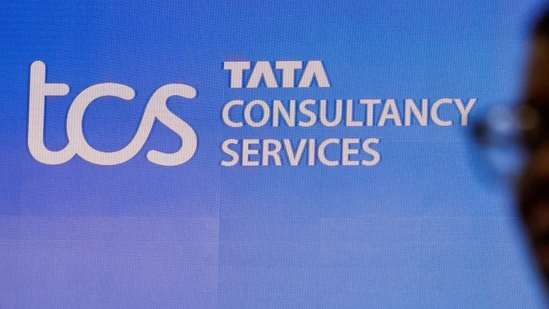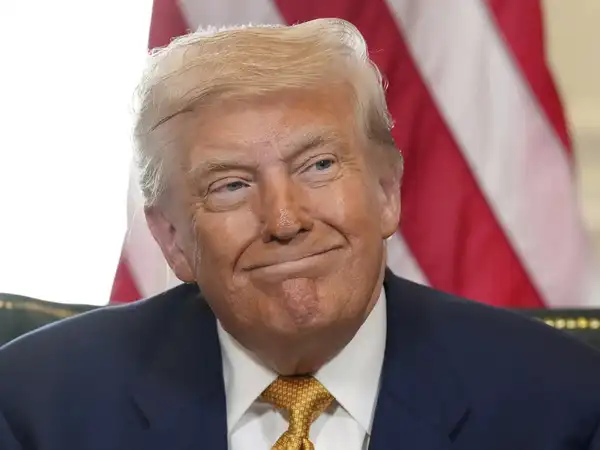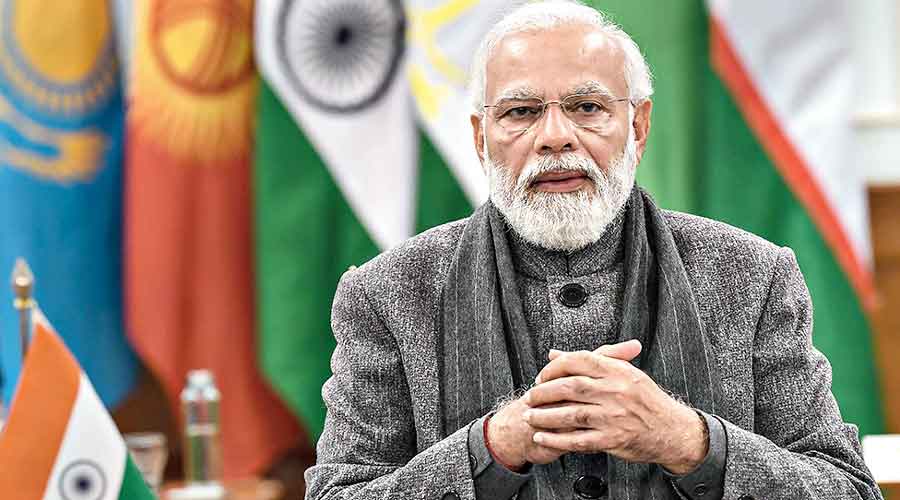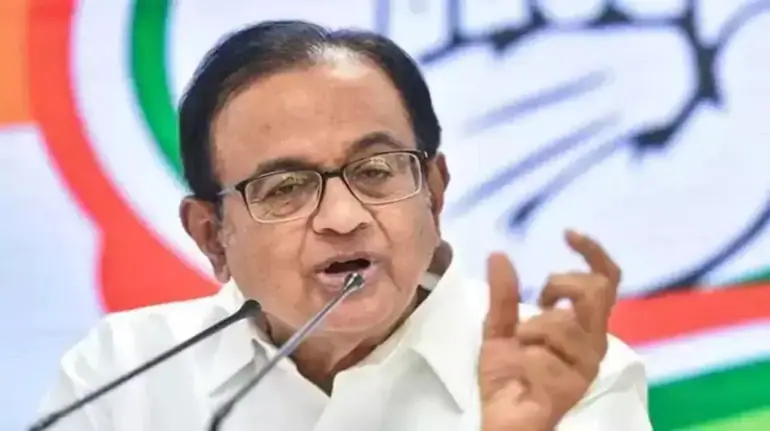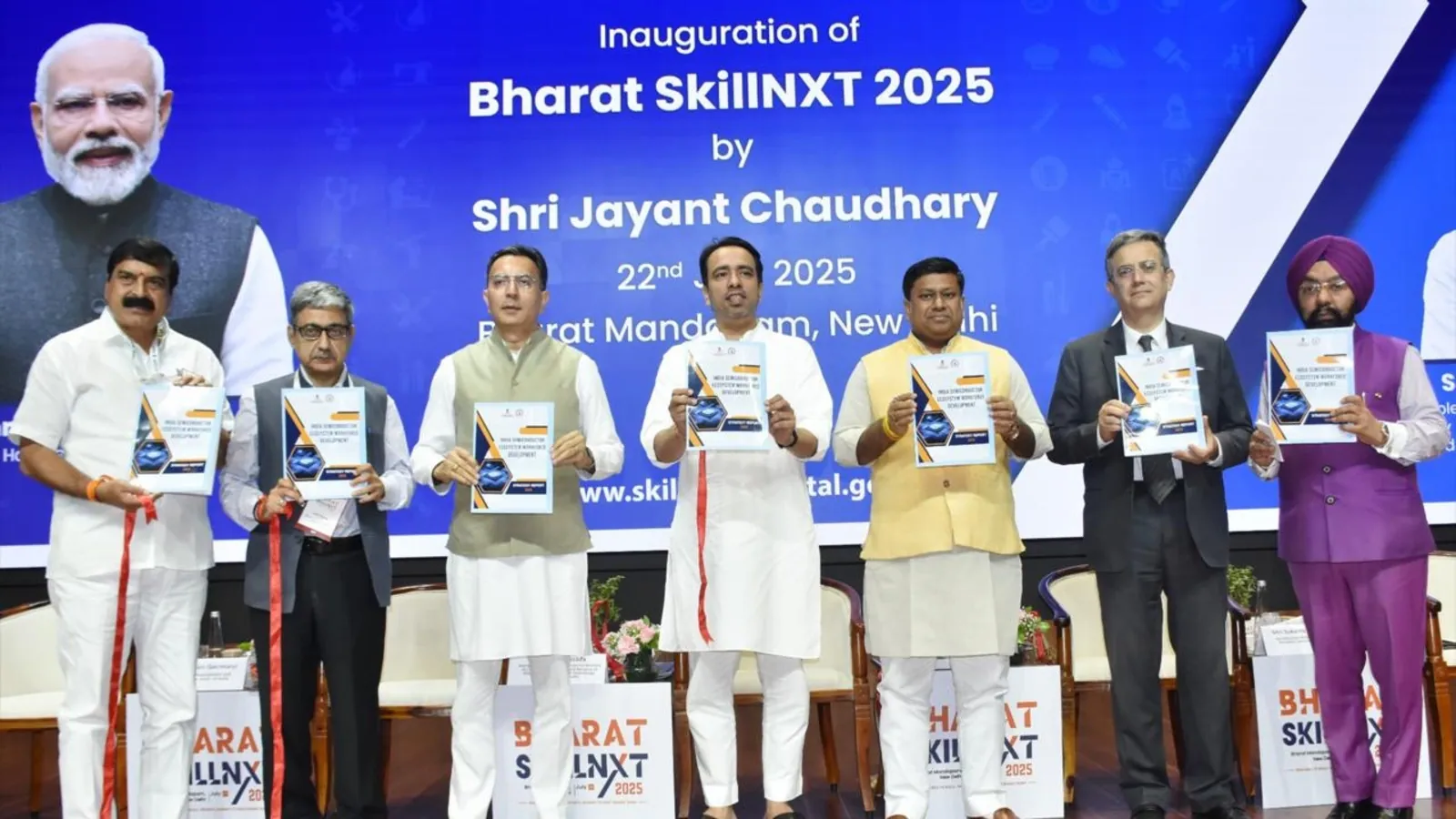Now Reading: Vice President Jagdeep Dhankhar Steps Down: Who Could Be Next in Line?
-
01
Vice President Jagdeep Dhankhar Steps Down: Who Could Be Next in Line?
Vice President Jagdeep Dhankhar Steps Down: Who Could Be Next in Line?
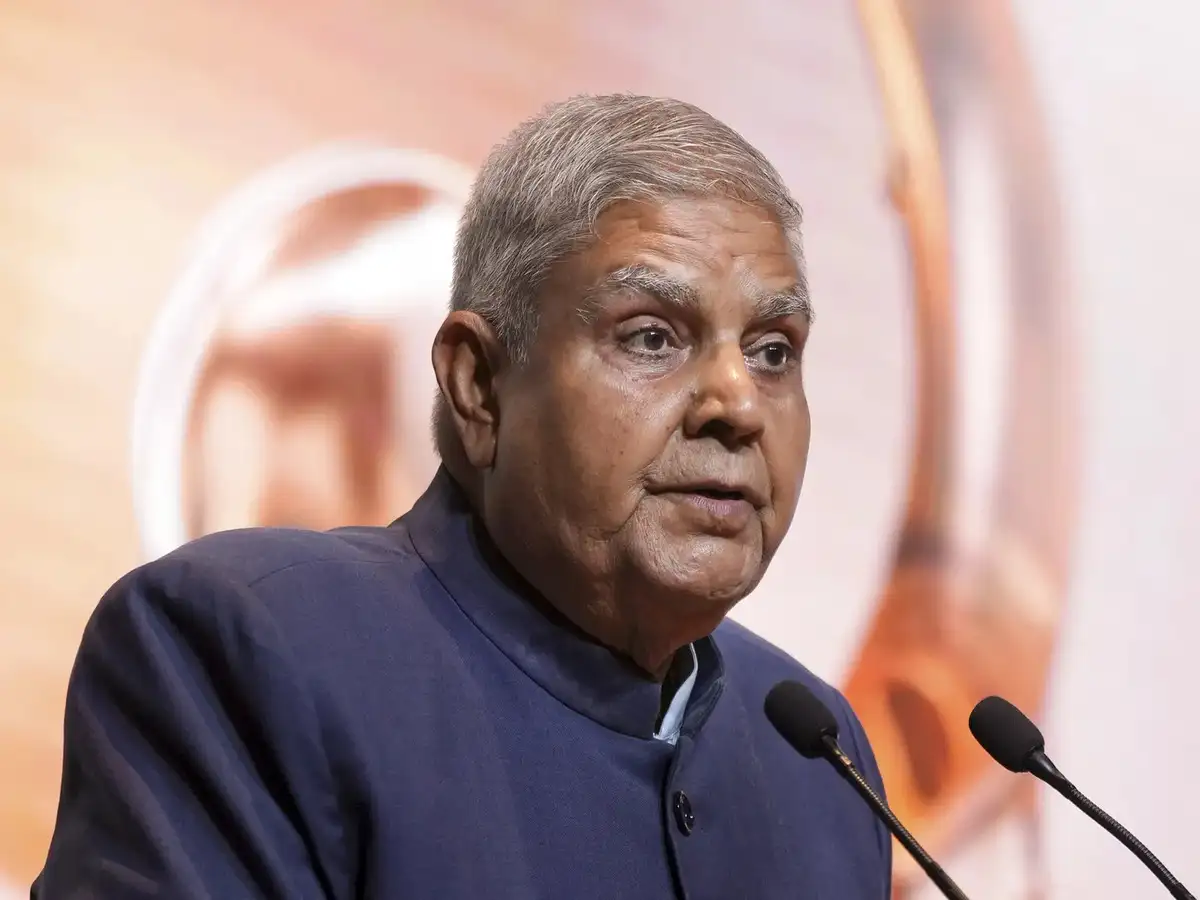
Vice President Jagdeep Dhankhar’s resignation has opened up a new chapter in Indian politics, setting off speculation about who could fill one of the highest constitutional posts in the country. While no official reason has been cited yet, political circles are already abuzz with names of potential successors and what this change could mean ahead of the 2026 general elections.
Unexpected Resignation Raises Questions
Dhankhar, who took office in August 2022, submitted his resignation earlier this week. The move came without warning and has raised questions across party lines. While procedural formalities are being followed, his decision has triggered a wave of speculation regarding political strategy and timing.
There has been no confirmation yet from the government on the exact reason for his departure. However, many believe it could be linked to internal party restructuring or a shift towards a different role within the political framework.
Names Doing the Rounds
Among the top names being discussed as Dhankhar’s likely successor are Kerala Governor Arif Mohammad Khan, Defence Minister Rajnath Singh, and BJP leader Sudha Yadav. Each brings a different background and political weight.
Khan’s name stands out as a seasoned politician with experience in both Parliament and governance. Singh, a senior BJP leader and former Chief Minister of Uttar Pradesh, is known for his administrative capability. Sudha Yadav, if chosen, could mark a notable shift, both in terms of gender representation and regional balance.
Why It Matters for Tier 2 Cities
Vice presidential elections rarely stir mainstream interest, but this one might carry weight for smaller cities and rural belts. The individual selected can influence the tone of Rajya Sabha debates, push key discussions, and act as a bridge between legislative complexities and public understanding.
For Tier 2 cities like Raipur, Ranchi, or Bhubaneswar—where political awareness is growing—the identity and vision of the next Vice President could impact public perception of central leadership priorities.
Election Process Underway
As per the Constitution, the Vice President is elected by an electoral college comprising members of both houses of Parliament. With the resignation now in effect, the Election Commission is expected to soon announce the schedule for a fresh election.
Parties are likely to use this moment not just to appoint a new Vice President, but also to send a message ahead of the next national vote—either through regional outreach, caste equations, or generational change.
What Comes Next
While Dhankhar’s departure is still being unpacked, the bigger focus now is on who steps in next. The decision will not only shape the functioning of the Rajya Sabha but also reflect the broader political narrative in the run-up to 2026.
In the coming weeks, as names firm up and the election process begins, the country will watch closely—not just for who gets chosen, but for what their selection signals in India’s evolving political story.





